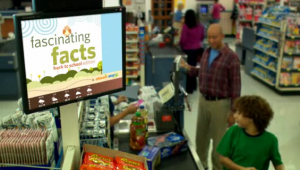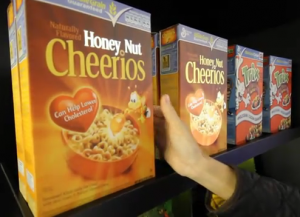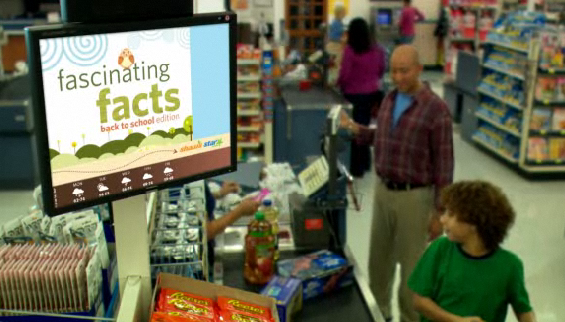
Two recent white papers partially funded by HP – the world’s largest technology – are focused on the “in-store experience” for retail shoppers. As a technology company it would be logical for them to push for electronic signage and informational kiosks in an attempt to personalize shopping experiences. It’s my opinion that digital signage is actually more likely to alienate customers.
Stores that move to more people-to-people contact and information exchange would actually be providing a better service, I believe. However, the computer could actually improve the “home-to-store” contact; this is something I think a lot about.
Should a computer interface replace all human relationships? Is honest social intercourse and information exchange a game? Should human interaction be reduced to a type of gaming?
What about the joy of uncertainty; the unexpected adventure in a safe environment; the spontaneous friendly dialog; the whimsical and perhaps even nonsensical exchange – in the flesh?
Compare the manager of the small family grocery where I found my first employment. He actually met customers at the door; he knew them personally. He showed them around the store to find specials and introduced them to new products. He would point out the fresh fruits and vegetables or the meat and fish that had just came in, particular items he knew that customer would like. A real trust was built. There was respect both ways.
Unlike today’s noisy world of flashing signs and canned music, my hometown grocery was full of the voices of people exchanging personal information. We’ve lost our humanity in our contrived, controlled high tech world.

I predict that retailers that use computer technology for background information, ordering, and direct communication and supplement it with one-on-one in-store personal contact – rather than flashing digital signs or packages that talk – will come out on top. In the very least, they will be recovering a measure of social decency.
Information overload is everywhere, but information benefit is minimal. Beyond knowing what to buy, today’s urban food customers need to relearn how to create a healthy family food budget, what to do with the food they buy when they get it home – how to prepare it and how use leftovers – even re-establishing healthy eating behaviors.
Why not use science and technology to help make people happy, healthy and whole?
My thoughts in summary are that smart grocery people will use computer technology not to replace in-store human interaction but to enhance out-of-store information connectivity that actually supports shopper needs. It’s a no-brainer.
But of course, those determined to try and make more fast money in the food industry will continue to use high-tech computer technology to manipulate customers and exploit them, and yes, even make them physically and mentally ill with bells, whistles, and flashing lights attached to every box of fake food on the shelf.
And the poor customers won’t even know what’s happening to them.
Resources – Available (with registration) from Aberdeen Group:
- Retail Network Optimization
- The Customer Connected Store

